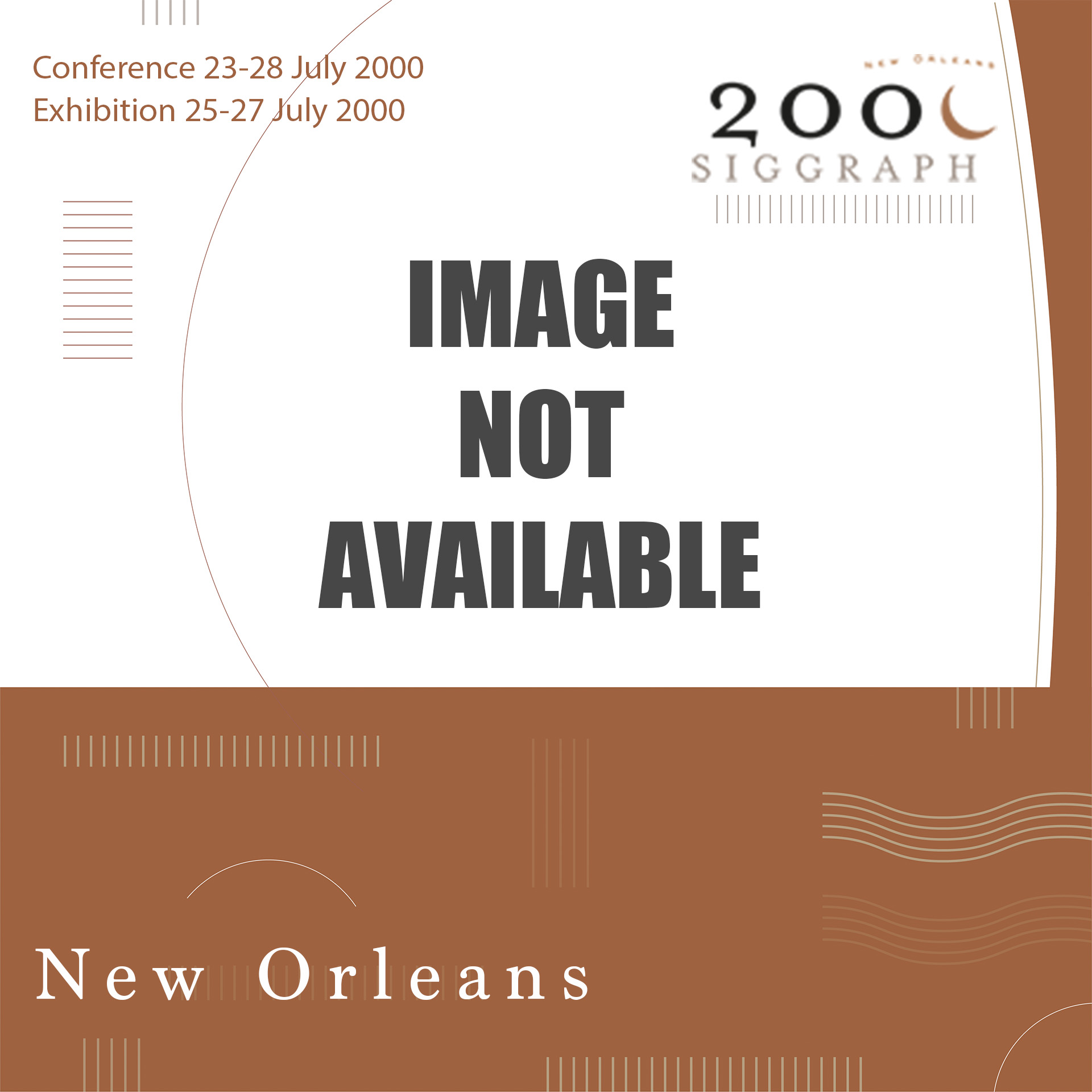“Teaching Computer Graphics with OpenGL: Two Approaches” by Angel and Hill
Conference:
Type(s):
Title:
- Teaching Computer Graphics with OpenGL: Two Approaches
Presenter(s)/Author(s):
Abstract:
Over the past few years, computer graphics courses in computer science and engineering programs have become more programming oriented, primarily due to the availability of the OpenGL API on virtually all platforms. OpenGL is easy to learn and close enough to the hardware that it can support programming applications and understanding of graphics concepts and the underlying algorithms. Although this change has led to far more exciting classes than the old survey or algorithms-based classes, for many instructors there is a significant startup problem. This is especially the case in the many schools where there is no “expert” on computer graphics available to answer questions and help instructors with their first programs. This tutorial should help those interested in using OpenGL for their courses to learn more about its capabilities and become familiar with two possible approaches to an OpenGL-based course. Hopefully, the participants will also form a community that can support each other and other new users of these approaches.
The presenters are authors of two of the most widely used computer graphics textbooks for computer science and engineering students. Both have made the switch from other approaches to ones using OpenGL. This tutorial provides a short introduction to the main features of the OpenGL API and then focuses on two very different ways it can be used to teach a senior-level computer graphics course. Participants will be able to try some sample programs from the instructors’ courses. All programs will be available to the participants. Participants will see two very different types of classes that go beyond the difference in programming languages. Angel’s approach stresses the integration of computer and traditional visualization, and leads to many applications in scientific visualization. Hill’s approach devotes more time to modeling and visual realism, and incorporates more material on fractals.




